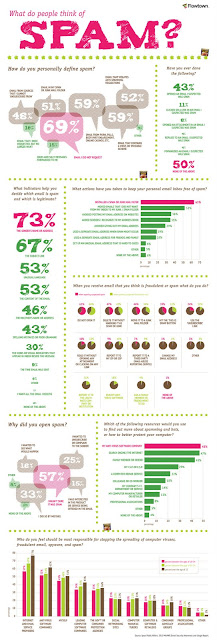Twitter provides the perfect forum for your customers to offer up an opinion about your company. One of the fastest growing microblogging communities, Twitter has proven to be a successful means of communication for, both, consumers and businesses. Whether you want to introduce a new product/service, give a shout out about a special offer or provide customer service, Twitter is the place where your brand can interact on a personal level with consumers.
So what rules of engagement will provide the best possible experience and outcome when on this social medium? Let's count the ways....
Have a proactive presence
Social media = Public media
Once it's twittered, you can't take it back! Warning! - proceed cautiously with your tweets. If it's confidential, don't tweet it. There's no need to be that transparent.
Make new friends and keep the old
Watching your list of followers grow is very exciting. There's something ego boosting (not to mention revenue producing) in having believers who you have not personally met. But then, that's the beauty of social media! However - remember to be a follower of those businesses that you believe in and support.
Be Yourself.... Everyone Else is Taken
Other than breaking every rule in every book of etiquette, it's illegal. Can you say identity theft? Enough said.
Be Interesting
Make your tweets relevant to your business...or someone elses. You'd be hard pressed to find many followers who really care about the meal that you had last night. But the restaurant owner would be overwhelmed with joy with a positive tweet about the amazing menu selection and the unbelievable custom service. Twitter is a great place to toot your horn, announce a special promotion or break industry news.
These types of tweets will more often get retweeted by your in your community.
These days it seems that everyone is "tweeting" on this microblogging platform that allows your business to stay connected - in real time. These are just of few rules of engagement to help while you are there.
What rules dictate how you interact with your audience when you are "tweeting"?
Let's Talk....



















